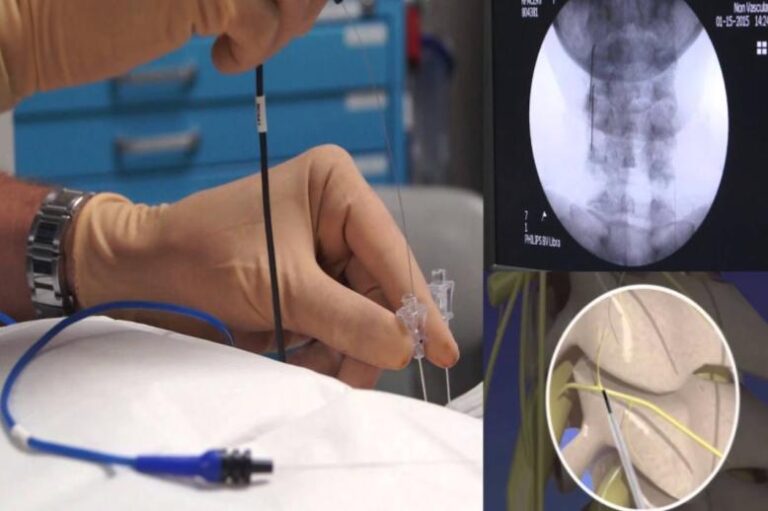Radiofrequency Ablation

Radiofrequency Ablation is a specific type of Nerve Ablation that uses radiofrequency waves to ablate, or burn, the nerve that is causing pain. This eliminates the transmission of pain signals to the brain and can be an incredible, lasting source of relief for chronic pain sufferers.
This procedure interrupts the nerve supply to facet joints. This effectively silences the pain so you are able to live life on your terms without the constant nagging pain.
This procedure is minimally invasive and typically done without the use of general anesthesia. The recovery time is almost non-existent and most patients are able to walk around immediately after surgery is completed. Pain relief typically lasts more than 2 years and is often covered by insurance for many conditions.
Radiofrequency Ablation works very well for those who suffer from arthritis, or chronic back/neck pain. This procedure is incredible for those who really want to stay as active as possible, want immediate relief without being reliant on medication.


